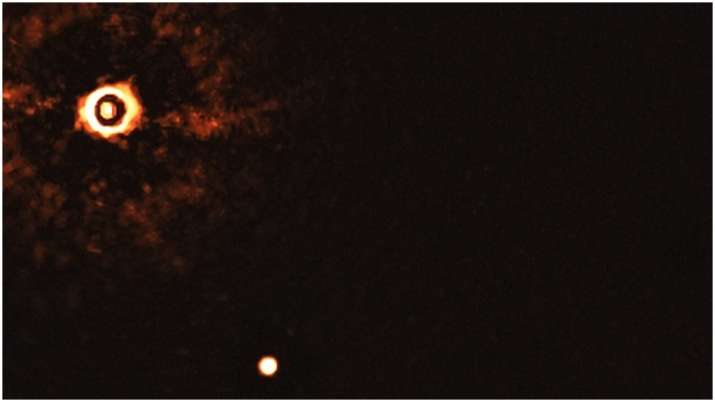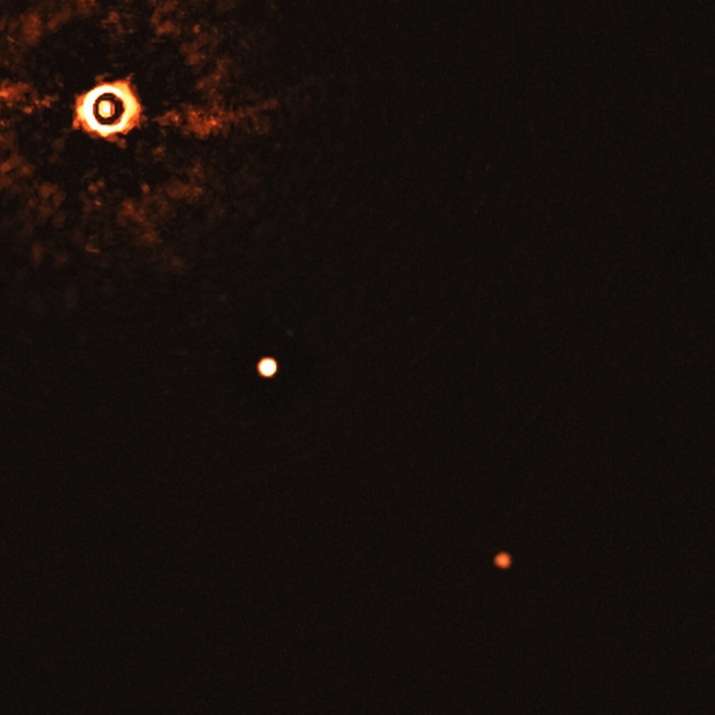
In a first, photos capture baby planets orbiting Sun like star
In a first of its kind discovery, NASA scientists have captured direct images of another multi-planet system, much like our own, orbiting a star, much like our sun. The planets which are being tipped as baby planets are approximately 300 light-years away from us.
These two planets – TYC 8998-760-1 b and now, c – are considered the first multi-planet system to be directly imaged around a Sun-like star. The star is a baby version of our Sun, only 17 million years old. The extreme youth of this system is a big part of why astronomers were able to capture direct images: The planets are so hot from their recent formation that they still glow brightly enough to be seen from our vantage point, even though they're hundreds of light-years away.
The approximate distance of these two planets from their Sun is believed to be much more than the distance from our Sun to say Jupiter or Saturn. Planet b is 160 times the Earth-Sun distance, planet c is about 320 times. Just for comparison, Jupiter is 5 times the Earth-Sun distance, Saturn 10 times.
📣Discovery Alert!📣
— NASA Exoplanets (@NASAExoplanets) July 23, 2020
In a first, scientists have captured direct images of a multi-planet system orbiting a Sun-like star.
These baby planets, around a very young star, are 300 light-years away! https://t.co/CzynZ5wN4p pic.twitter.com/QHni8Gmrka
Fun Facts
Who is credited for the discovery?
Both planets in this system were discovered by an international team of scientists led by Alexander J. Bohn of Leiden University in the Netherlands. They used the SPHERE instrument on the Very Large Telescope (VLT) at the European Southern Observatory in Chile to observe the star and its planets in February 2020. The planet was entered into NASA's Exoplanet Archive on July 23.
In a first, photos capture baby planets orbiting Sun like star